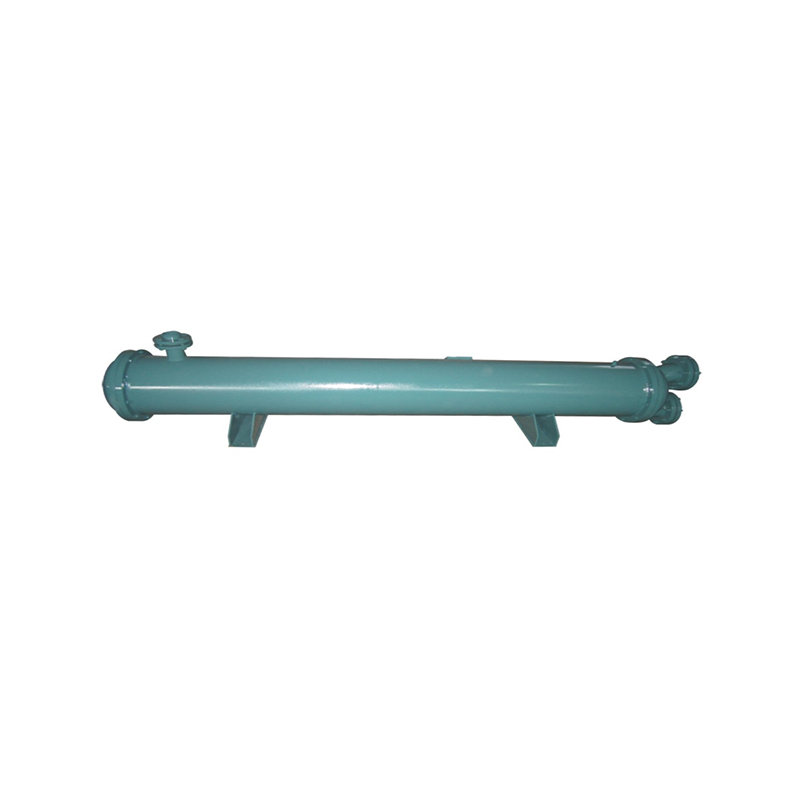How does the flow state of refrigerant in a shell and tube water-cooled condenser affect the condensation effect?
Basic classification of refrigerant flow state
In a shell&tube water-cooling condenser, the flow state of refrigerant can be roughly divided into three types: laminar flow, transitional flow and turbulent flow. In the laminar state, the refrigerant molecules flow in an orderly manner along the tube wall, and there is no obvious mixing between layers; the transitional flow is a transitional state between laminar flow and turbulent flow, and the flow characteristics are complex and changeable; while in the turbulent state, the refrigerant molecules flow in a disordered and chaotic manner between the tubes, accompanied by strong vortex and mixing phenomena.
Effect of flow state on condensation effect
Laminar state
When the refrigerant flows between the tubes in a laminar state, its heat exchange efficiency is relatively low. This is because in the laminar state, the heat conduction between the refrigerant molecules mainly depends on the thermal motion between the molecules, and there are fewer mixing and vortex phenomena between the molecules, resulting in a slower heat transfer rate. In addition, the contact area between the refrigerant and the tube wall in the laminar state is limited, which also limits the efficiency of heat exchange. Therefore, in the laminar state, the condensation effect of the shell&tube water-cooling condenser will be subject to certain restrictions.
Turbulent state
In contrast, the turbulent state can significantly improve the condensation effect of the shell&tube water-cooling condenser. In the turbulent state, the refrigerant molecules flow in disorder and chaos between the tubes, forming a large number of vortices and mixing phenomena. These vortices and mixing phenomena not only increase the contact area between the refrigerant and the tube wall, but also promote heat conduction and mixing between the refrigerant molecules, thereby improving the heat exchange efficiency. In addition, the turbulent state also helps to quickly remove the heat on the tube wall, prevent the occurrence of local overheating, and further improve the condensation effect.
Transitional flow state
The transitional flow state is between laminar flow and turbulent flow, and its heat exchange efficiency also changes with the change of flow characteristics. In the transitional flow state, the flow characteristics of the refrigerant are complex and changeable, with both the orderly flow characteristics of laminar flow and the mixing and vortex phenomena of turbulent flow. Therefore, the condensation effect in the transitional flow state will also be affected by many factors, such as tube diameter, flow rate, refrigerant type, etc.
Optimize the refrigerant flow state to improve the condensation effect
In order to improve the condensation effect of the shell&tube water-cooling condenser, a variety of measures can be taken to optimize the flow state of the refrigerant. For example, by increasing the tube diameter, increasing the flow rate or changing the type of refrigerant, the refrigerant can be encouraged to form a stronger turbulent state between the tubes, thereby improving the heat exchange efficiency. In addition, special tube designs (such as spiral tubes, corrugated tubes, etc.) can be used to increase the contact area and mixing degree between the refrigerant and the tube wall, further improving the condensation effect.


